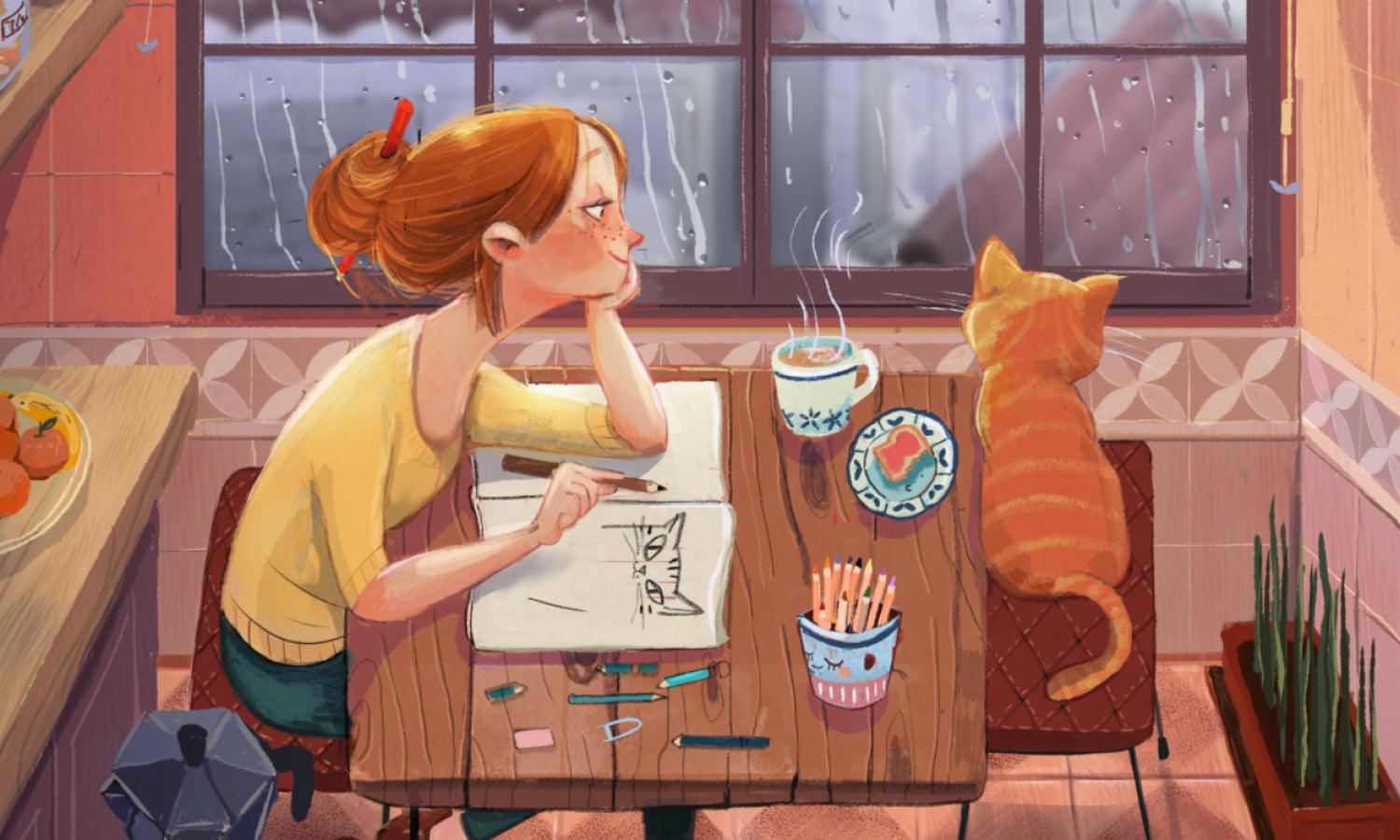Sharing Your Story Through Art: 8 Easy-to-Follow Home Decoration Advice

Many people consider their homes as a sanctuary. Indeed, it should be a place where you feel the most at ease. At the same time, it should also reflect who you are and what matters most to you. One of the most compelling ways to achieve this is through art. Far beyond being just decorative, art has the unique ability to tell stories and evoke memories. It doesn’t matter if they are framed art posters and prints from your favourite holidays or a curated collection of family photos; these pieces add a layer of meaning to your living space.
Additionally, sharing your story through art can be a powerful decorating technique. It turns blank walls into talking points and transforms rooms into mood-setters. Best of all, it’s accessible to everyone. With a thoughtful approach and a few easy guidelines, anyone can use art to make their home feel more inviting and uniquely theirs.
In this article, we’ll explore some easy-to-follow decoration tips that show how you can use art to express your story and elevate your space.
1. Determine the Feeling You Want to Evoke in the Space
Before choosing artwork, consider the atmosphere you’d like to create. Do you want your bedroom to feel restful and serene? If so, opt for soft, muted tones and gentle imagery like watercolours or minimalist abstract prints. Want your living room to energise and inspire? Then choose bold, dynamic artwork that adds vibrancy and movement.
Let emotion guide your artistic choices because the right artwork doesn’t just decorate a room; it sets the tone for how it feels to be in it.
2. Start with a Personal Story or Memory
Art can be deeply personal, especially when it’s tied to your own memories. With this in mind, choose pieces that mean something to you: a framed photograph from a memorable trip, a painting that reminds you of your childhood home, or even a drawing by a loved one. Art prints are also a wonderful way to tell your story, whether it's a print of a favourite city skyline or a quote that resonates with you. Think of your walls as a gallery of your life, with each piece adding depth to your story.
3. Consider the Colour Scheme
A well-thought-out colour palette can unify a space and make it feel harmonious. So, when creating an art display, refer to the existing tones in your furniture, textiles, and wall paint, and choose artwork that either complements or contrasts them effectively.
For example, if your home features lots of natural, earthy hues, artworks with warm browns, greens, or burnt orange can enhance the cosy aesthetic. In more modern, minimalist homes, black-and-white photography or monochromatic pieces can keep the look sleek and sophisticated.
4. Think About the Room’s Composition
When decorating with art, the placement matters just as much as the piece itself. Always consider the room’s layout, including how your furniture is arranged, where the natural light comes in, and how people move through the space. This can dictate the flow of the pieces, especially if you want to put them in series.
As an example, placing a large artwork above a sofa or bed can make a powerful focal point. If you want a more eclectic look, opt for a gallery wall that mixes frame styles and sizes. Just be sure to keep the spacing consistent to avoid visual clutter.
5. Leverage Proportion and Scale
Choosing the right size of artwork can also make or break a room’s visual balance. A tiny print on a vast wall can look lost, while an oversized canvas in a narrow hallway may overwhelm.
If you’re unsure, err on the side of a larger artwork. This strategy is more impactful and tends to feel more intentional. Alternatively, cluster smaller pieces together to create a larger visual footprint, especially if space is tight.
6. Mix Different Mediums and Textures
Art doesn’t have to be confined to canvas or paper. Mixing different textures and formats can add depth and character to your décor. With this in mind, try combining framed illustrations with textile wall hangings, 3D objects, or sculptural pieces on shelves. Such a selection not only tells a richer story, but also invites touch and curiosity, which makes your space feel more layered and lived-in.
7. Rotate and Refresh Regularly
Your story isn’t static, and your art doesn’t have to be either. Rotating your artwork throughout the year keeps things fresh and allows you to reflect changing moods or seasons.
This is especially useful if you’re renting, where permanent changes are limited. As a recommendation, try using picture ledges or to display art in a flexible, non-damaging way.
8. Instead of Perfection, Aim for Personality
Perhaps the most important advice is to decorate in a way that feels right for you. Remember, your home shouldn’t look like a showroom but rather something that’s truly yours. That means embracing quirks, mismatched frames, or unconventional pieces, as long as they bring you joy.
Art has the power to do more than beautify a space. It can tell your story, inspire daily joy, and make any house feel like home. With a thoughtful approach and a touch of creativity, anyone can use art to enrich their space and express who they are. No need to wait for the “perfect” piece. Start with something that means something to you, and let the story unfold from there.















